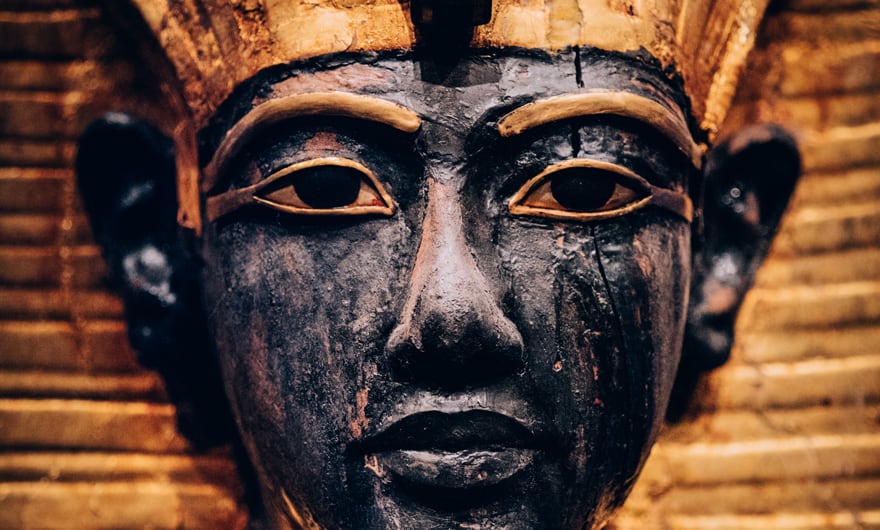
Some 150 objects from the iconic collection of King Tutankhamen’s treasures will be exhibited in Boston as of June 13.
The news was announced by Boston Mayor Martin J. Walsh as he proceeded to unveil a large statue of the boy king, clad in his royal outfit, before city hall. It was also confirmed on the exhibition’s website.
The much-anticipated exhibition, which would constitute the city’s second time hosting the artifacts of the famed king since the 1960s, will find a temporary home at Saunders Castle on Park Plaza.
It is then expected to make way to the Australian Museum in Sydney.
Currently, the exhibition, called “King Tut: Treasures of the Golden Pharaoh”, is located at the Saatchi Gallery in London.
Formerly, the interim exhibition was hosted in the French capital of Paris – the second stop for the touring exhibition, after Los Angeles, where it accrued a record number of visitors as the most visited cultural event of the year 2019, with a turnout of more than 1.37 million visitors, according to Egypt’s Ambassador to Paris.
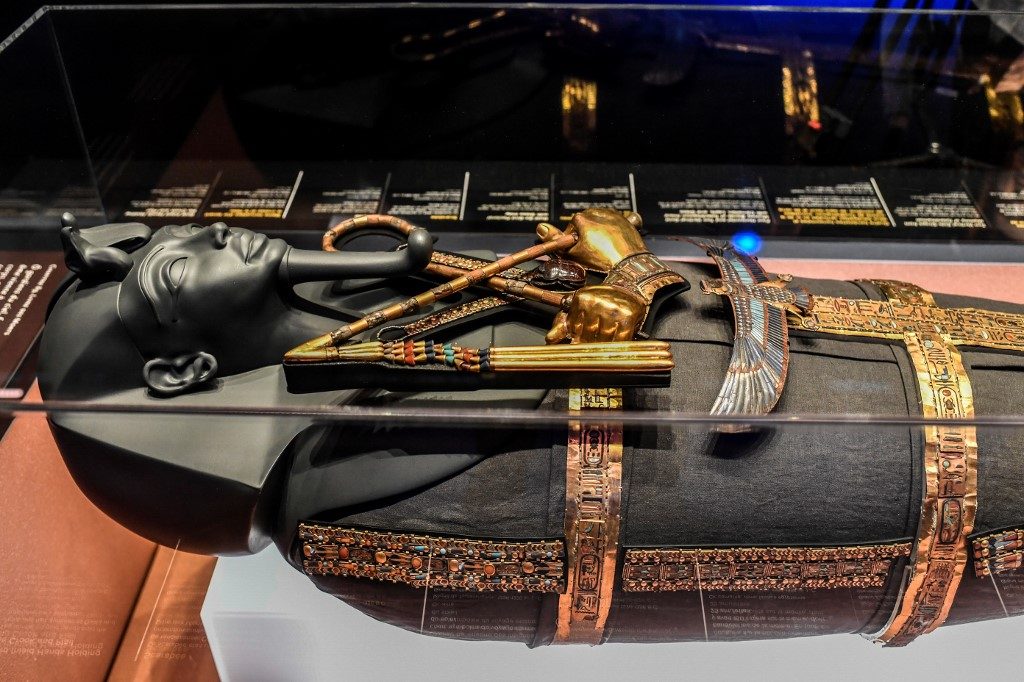
The exhibit collection features a shrine, a bed, canopic jar, ceremonial shield, wooden statues of the ruler, and precious jewellery possibly worn by the king. Many of the items, crafted from valuable materials and precious stones, have left Egypt for the very first time.
Egyptian authorities have announced that this would be also the last tour of King Tutankhamun’s possessions. Following this international exhibition tour, his belongings will be housed permanently at the Grand Egyptian Museum (GEM).
Prior to its touring, news of the exhibition stirred controversy as Egyptians expressed their concern that Egypt’s artifacts were not properly insured or were liable to danger.
However, this is not the first traveling exhibition that the country is sending abroad, with one of the most recent being “Sunken Cities: The Enchanting World of Egypt” comprised of 200 sunken Egyptian artifacts touring various cities in the US. Moreover, Tutankhamun’s treasures were also sent abroad over 50 years ago, to the US, UK, France and Japan.
Known to have died young, the boy king Tutankhamun (‘living image of the God Amun’) is arguably the most famous ancient Egyptian figure known worldwide. At the heart of fictionalized tales and used as source for creative works, his figure is known to have inspired a wave of ‘Tut-mania’ in the West, then, across the world.
His tomb was discovered in 1922 by British archaeologist Howard Carter; it is one of the most visited tombs in the Valley of the Kings today. Its infrastructures, namely flooring and ventilation systems, have been renovated by the Getty Conservation Center recently.
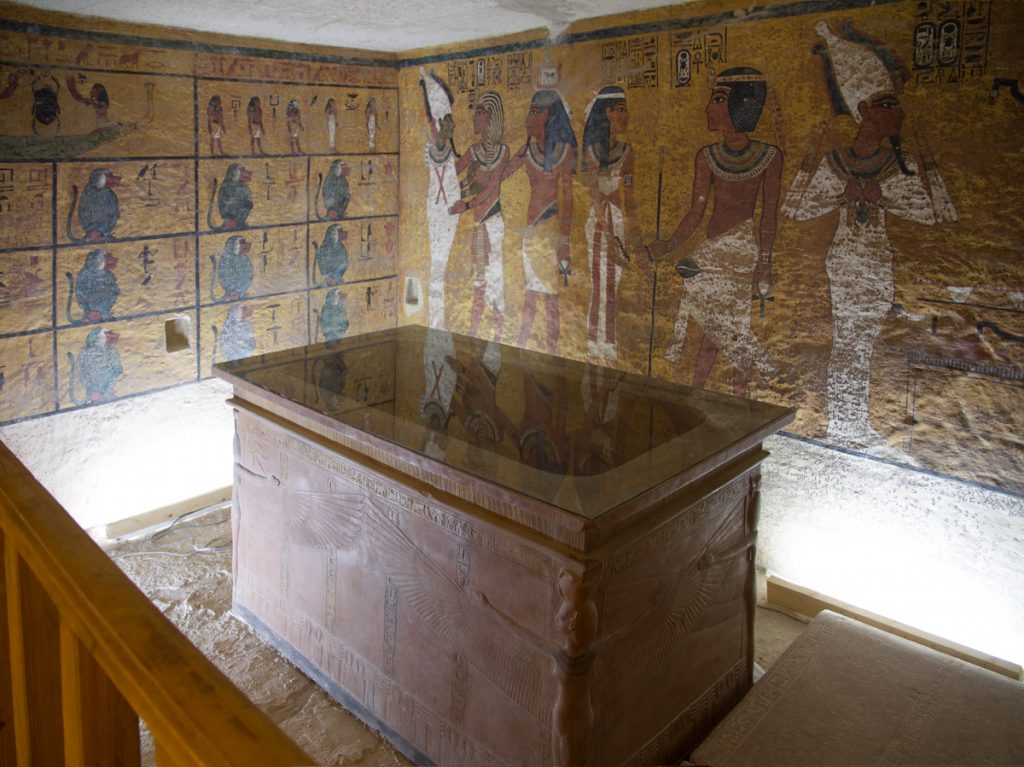
Unlike other royal mummies which have been moved to the Luxor and Cairo Museum, the king’s body is currently located inside the tomb, within his sarcophagus.
An exact replica of the tomb exists near the resting house of Howard Carter; it was created by Spanish-based firm Factum Arte using 3D technology in the hopes of introducing the idea of preserving heritage all while lessening damage done on real-tombs and antiquities at the hands of modern-day tourism.
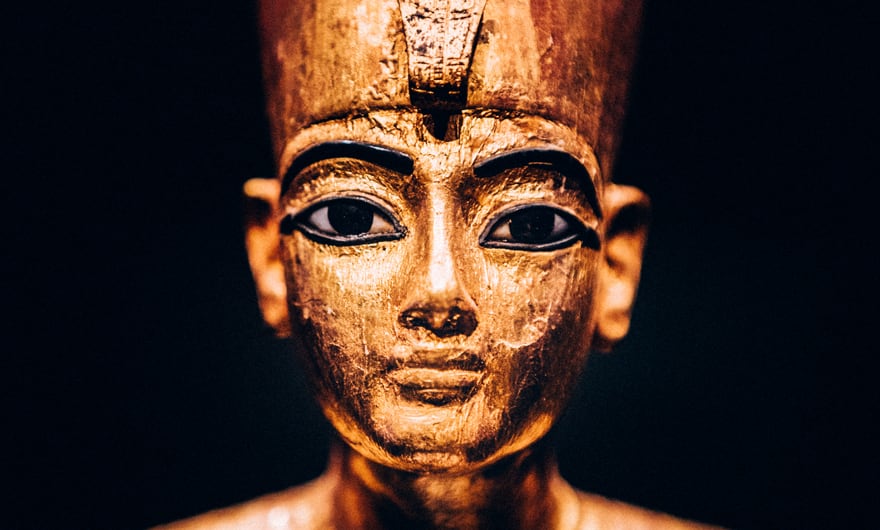




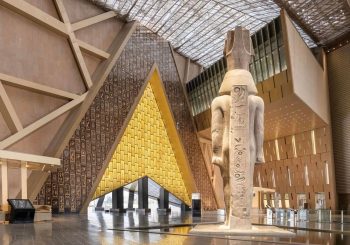
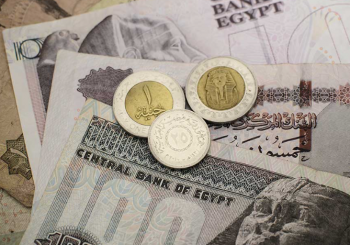
Comment (1)
[…] الشتاء كان المكان الذي كان فيه هوارد كارتر اكتشف قبر توت عنخ آمون في عام 1922 ، مما وضع الفندق على الخريطة للزوار الدوليين […]